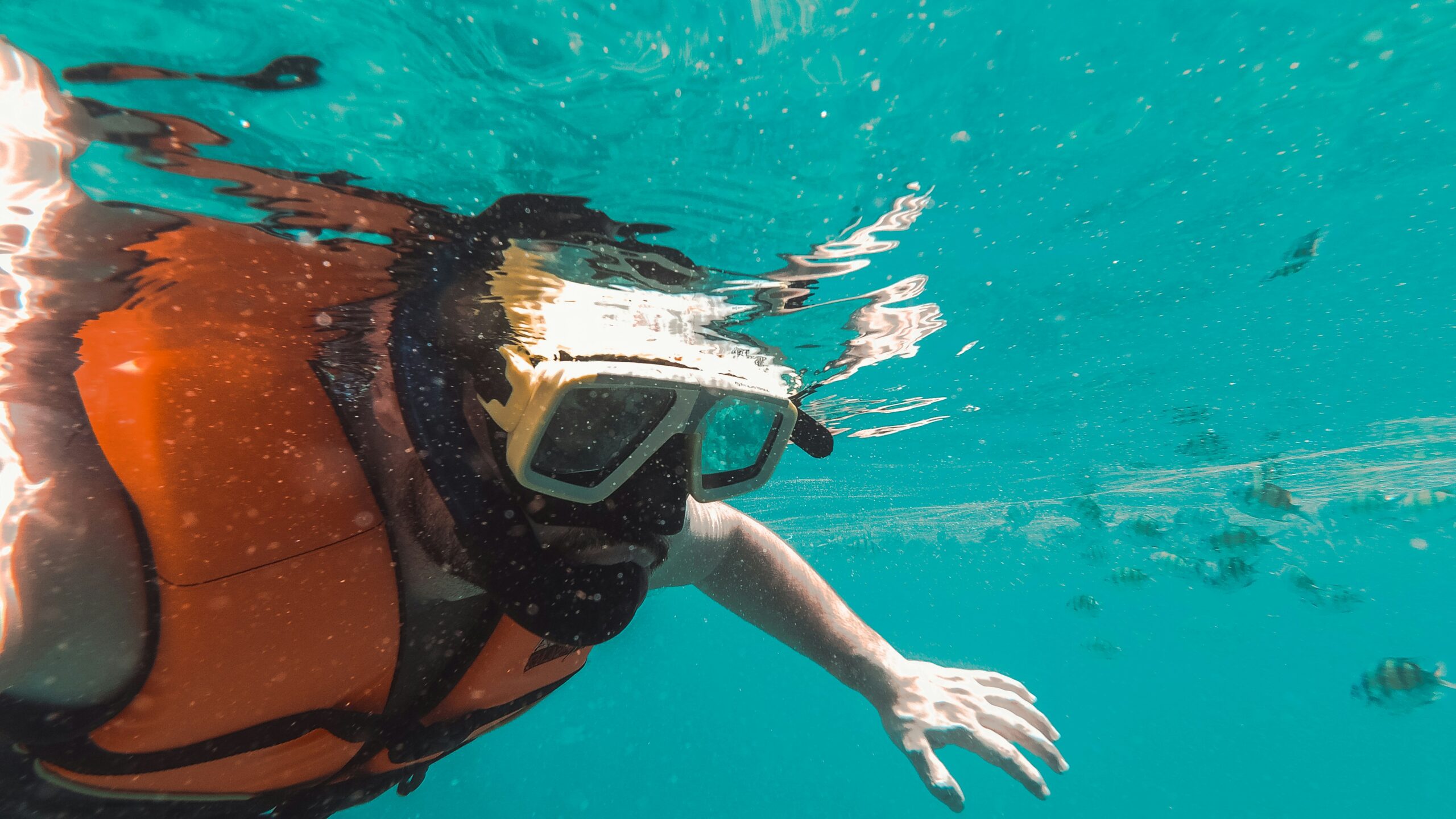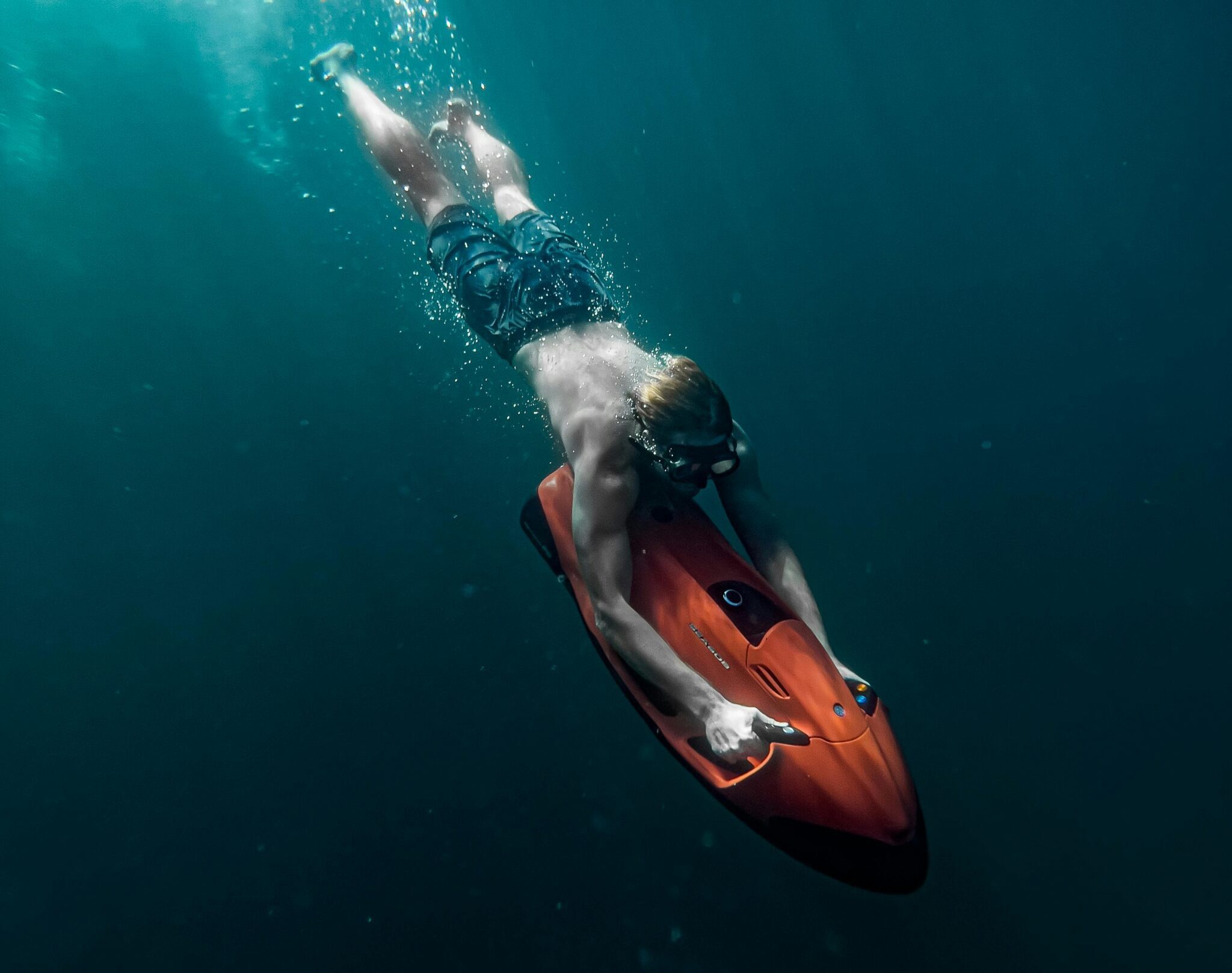

Snorkeling is a popular water activity that allows people to explore underwater environments without the extensive gear and training required for scuba diving. This fascinating activity has a rich history that spans centuries, tracing back to early civilizations. Today, it’s not only a recreational pursuit but also a method for scientific research and environmental monitoring. Let’s take a deep dive into the history of snorkeling, exploring its origins, technological advancements, and cultural significance.
Origins of Snorkeling
The concept of snorkeling dates back thousands of years. Ancient artifacts and historical records suggest that early humans devised ways to breathe underwater to gather food, collect pearl oysters, or engage in warfare. One of the earliest recorded instances of snorkeling involves hollow reeds or plant stems used by divers in Crete around 3,000 BCE. These rudimentary snorkels enabled shallow dives to collect sponge, an important commodity in ancient commerce.
Snorkeling in Ancient Civilizations
The use of snorkeling expanded with advancements in materials and needs. Aristotle, the famous Greek philosopher, described divers using “instruments for respiration” resembling an elephant’s trunk around 350 BCE. These were likely among the first engineered snorkels. In the South Pacific, divers used hollow bamboo tubes to aid breathing while collecting pearls or engaging in underwater activities, showcasing early regional adaptations to snorkeling technology.
Middle Ages to the Renaissance: Advancements and Diving Bells
During the Middle Ages, snorkeling technology saw little advancement. However, the Renaissance sparked a renewed interest in science and the natural world, leading to the development of diving bells and more sophisticated snorkeling apparatuses. Leonardo da Vinci, renowned for his inventive prowess, sketched a variety of diving equipment, including snorkel-like devices, although there’s no evidence these designs were ever constructed during his lifetime.
The Modern Snorkel’s Development
The transformation into modern snorkeling began in earnest during the 20th century. The invention of the modern snorkel is often attributed to various individuals in the early 1930s, with different versions being developed for underwater warfare and salvage operations. The snorkel as we know it today began to take shape during and after World War II, with improvements made by frogmen and early underwater combat units.
The Role of Skin Diving
Post World War II, the popularity of “skin diving” soared, particularly in locations with rich underwater vistas such as the Mediterranean and the Caribbean. Skin diving refers to underwater swimming without a scuba apparatus, and typically involves the use of a mask and snorkel. This era also saw the commercialization of snorkeling equipment, with companies producing and improving masks, snorkels, and fins for the public.
Technological Enhancements in Snorkeling Gear
The development of high-quality, safe snorkeling gear has been integral to the activity’s popularity. Silicone masks and snorkels, introduced in the 1950s, offered greater comfort and durability. The introduction of dry snorkels in the late 20th century, which prevent water from entering the snorkel tube, revolutionized snorkeling by making it accessible and enjoyable for even beginner swimmers.
Snorkeling Today: Recreation and Conservation
Today, snorkeling is not only a popular recreational activity but also plays a significant role in marine conservation efforts. It provides an accessible way for people to connect with marine environments, fostering an appreciation for oceanic conservation. Additionally, snorkelers often participate in citizen science projects, collecting data on coral health and fish populations, contributing to broader environmental monitoring efforts.
The Future of Snorkeling
As we look to the future, snorkeling continues to evolve with advancements in technology and a growing emphasis on eco-friendly practices. Innovations such as full-face snorkeling masks and enhanced fins that mimic marine animal propulsion are improving the ease and efficiency of snorkeling. Moreover, as environmental awareness increases, snorkeling is set to play an even more crucial role in oceanic exploration and conservation.
Snorkeling’s long history, from ancient reeds to modern silicone gear, highlights humanity’s enduring fascination with exploring underwater worlds. As we continue to innovate and improve upon centuries-old techniques, snorkeling remains a testament to human curiosity and ingenuity, inviting more of us to explore the watery depths of our planet.





